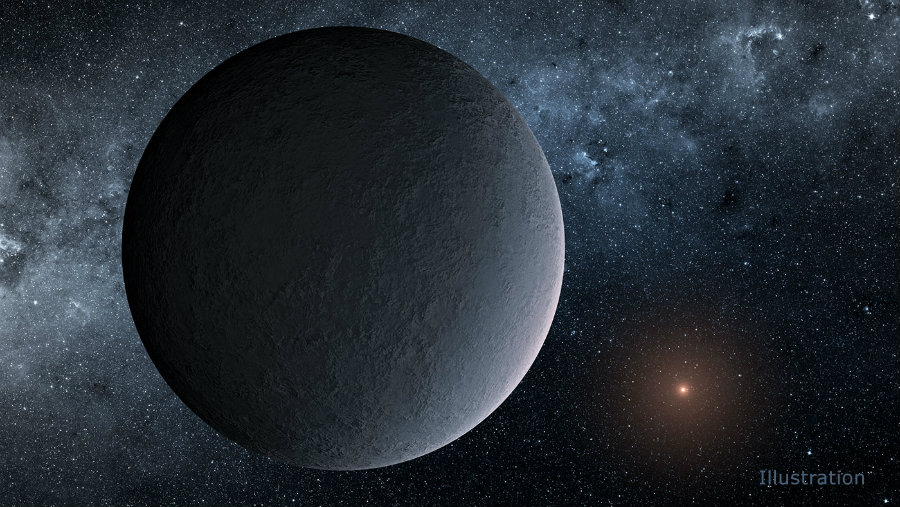NASA announced the discovery of the lightest planet ever found by using microlensing, OGLE-2016-BLG-1195Lb.
Finding OGLE-2016-BLG-1195Lb helps astronomers understand how planets get distributed in galaxies, as there are still questions regarding how many planets there should be in the bulge of a galaxy compared to its disk.


Geoff Bryden, a co-author of the study, adds that even if astronomers know about a few planetary systems with measured distances, there is a need for further evidence to confirm that planets are less common in planetary systems as they get closer to the center of the galaxy.
An ‘iceball’ planet far off in space
OGLE-2016-BLG-1195Lb was spotted thanks to the Korea Microlensing Telescope Network (KMTNet), which consists of three telescopes located in Chile, Australia, and South Africa. The Optical Gravitational Lensing Experiment survey, which is overseen by the University of Warsaw, Poland, warned researchers about a possible planet being discovered.
OGLE-2016-BLG-1195Lb was surveyed from two different angles, which allowed the team to calculate its mass. It was determined to be 13,000 light-years away, and its star is minuscule, with only 7.8 percent the mass of the sun. They believe that it is a brown dwarf, whose core is not hot enough to undergo nuclear fusion. Also, it seems that OGLE-2016-BLG-1195Lb is as massive as the Earth and lies at a similar distance to its star than we do to the sun.
Another theory suggests that it’s an “ultra-col dwarf star,” similar to TRAPPIST-1. Unfortunately, there is no chance for OGLE-2016-BLG-1195Lb to harbor life, as it is too cold to do so. It would need to orbit so much closer to its star to have liquid water at any point on its surface, as it’s temperatures can reach minus 400 degrees Fahrenheit.
Yossi Shvartzvald, the lead author of the study and postdoctoral researcher at NASA’s Jet Propulsion Laboratory, assured that OGLE-2016-BLG-1195Lb is much colder than Hoth, as it is “hard to imagine any life surviving in such an environment, not humans or tauntauns anyway.” The planet is even colder than Pluto, which in turn is colder than liquid nitrogen. Shvartzvald assures that its surface ice goes hundreds of miles deep, and it shines five times brighter than our moon.
“This discovery provides more evidence that planets are not only very common but also very diverse. They are able to form in strange environments very different from what we’re accustomed to on Earth,” stated Shvartzvald.
Researchers confirm that they have “reached the lower limit of planet masses” that they can detect by using microlensing, which is a method based on gravity and light. Microlensing uses a star in the background and another in the foreground to measure light refraction and any object that may interfere, as these objects tend to be other planets.
To further investigate these planets, NASA is intending on launching WFIRST, its Wide Field Infrared Survey Telescope, which will allow researchers to find moons and smaller objects other than exoplanets. This does not mean that exoplanets will be left out of the question, but rather WFIRST will help researchers find and analyze “thousands of planets,” potentially helping discover planetary systems that are similar to ours.
Source: Phys.org
